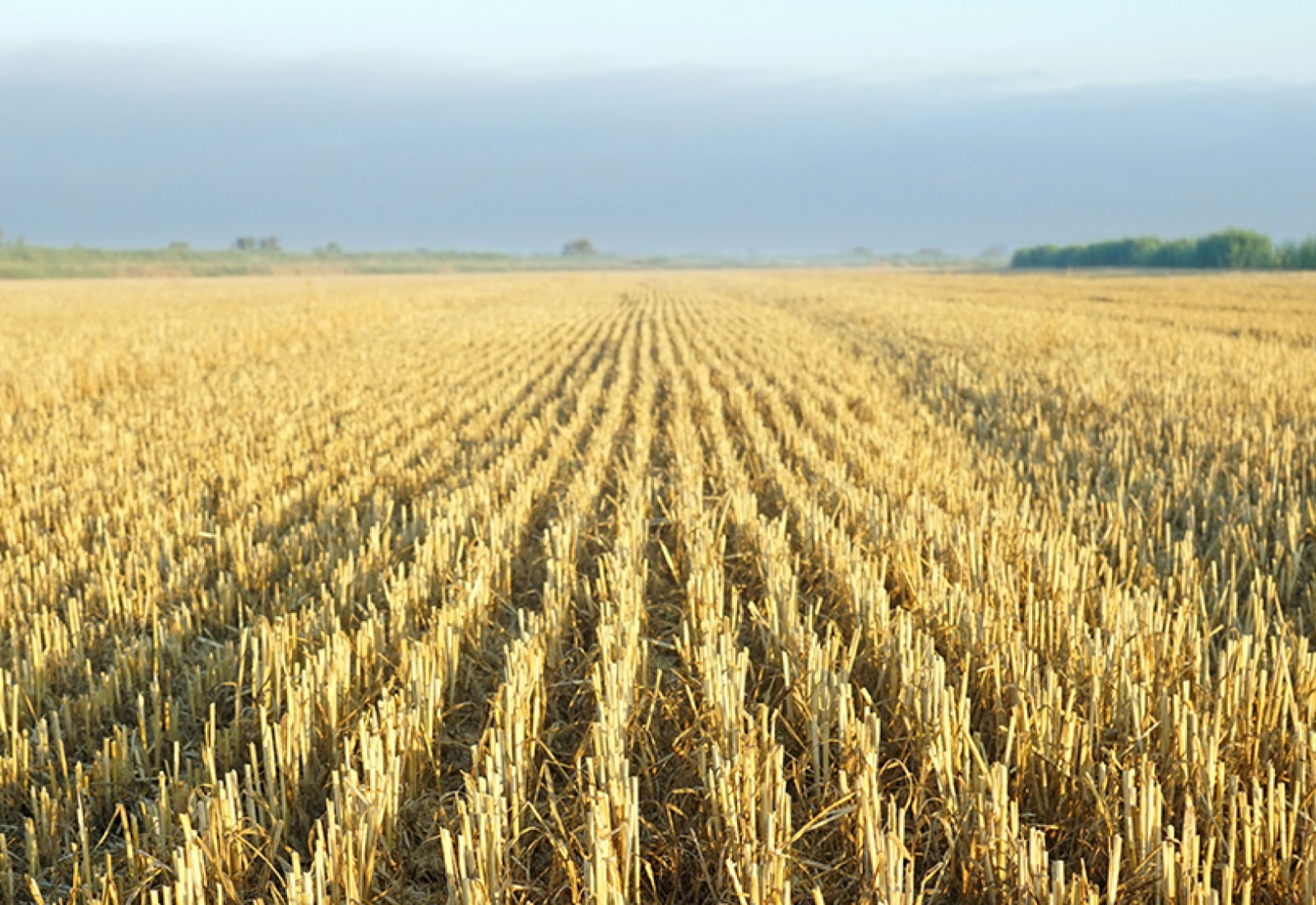Would You Seed Soybeans in Winter Wheat Stubble?

Some growers have decided to back away from planting soybeans into winter wheat stubble. Why? Should this be a standard everywhere?
By John Dietz
True Manitoba anecdote: A seed grower put a new soybean variety on a field of winter wheat stubble and on a field of spring wheat stubble. It became a very wet season. By the beans-in-the-bin measure, the beans on spring wheat did four or five more bushels than the ones on winter wheat.
Should he avoid putting soybeans into winter wheat stubble?
Here are thoughts from two viewpoints.
Graeme Manness is president of RPM Farms Ltd., Domain, Manitoba, and his dad, Ron Manness, is president of Manness Seeds. They started growing soybeans in 2001 and also grow wheat, winter wheat, canola, barley, oats, flax, and corn, plus some grass seed.
Wheat stubble is the only stubble they use for growing soybeans, Graeme says.
“The ground is colder, wetter, trashier with wheat stubble. We have a lot more success, in those conditions, trying to grow soybeans than canola or another oilseed,” Graeme says.
Their fields, south of Winnipeg, are on heavy Red River clay. It tends to stay wet, and “soybeans seem to put up with that wet soil better than other crops,” he says.
So, what about a choice between planting his bean crop into spring wheat stubble or winter wheat stubble?
“We put soybeans on winter wheat stubble quite regularly,” Graeme says. “Between the two, it wouldn’t matter. I have trouble growing other crops, in general, on any wheat stubble.”
He admits, there may be a small difference in performance, in his farm’s experience.
“I think we do see a little more delay (on winter wheat) in the way the crop grows. It seems like it doesn’t break down quite as well as spring wheat. It seems to be a little bit colder, a little wetter. You maybe see a little more struggle for beans on winter wheat stubble; not always, but we have seen it.”
Graeme concedes that choices for alternative stubble can be limited. Many growers are narrowing the rotation to soybeans, canola, and wheat.
Many guys argue they can make more money by just planting beans on beans, or beans on canola, even with the disease risk and possible yield loss.
The argument is, “You’ve got to have a phenomenal wheat crop with fantastic quality to even come close to producing what that bean crop will do.”
Graeme says, “I think it’s important to have some type of break. You’ve got to be rotating these crops, for disease reasons and for weed resistance reasons. It’s very important to have a good rotation.”
Crop insurance numbers
Manitoba’s provincial oilseed specialist, Anastasia Kubinec, says a lot can be learned independently by looking at the crop insurance information available through Manitoba Agriculture Services Corportation’s (MASC) Management Plus. https://www.masc.mb.ca/masc.nsf/mmpp_index.html
The website posts yield performance numbers for crops on stubble, for 2010 to 2015. In the soybean category, soybeans on oat stubble get the 100 percent mark for average yield. Only about 8 percent of soybeans were planted into oat stubble in the six-year period.
“Spring wheat stubble is the most popular. About 25 percent of soybeans go into spring wheat stubble,” Kubinec says. “The yield performance on spring wheat, and on barley stubble, is 101 percent.”
The winter wheat planting, for comparison, yields slightly better than spring wheat. According to MASC numbers, nine percent of soybeans were planted into winter wheat stubble during the period, and the yield was 5 percent above average, at 105 percent.
The yield numbers show that the third most popular option, soybeans into soybean stubble, is questionable at best.
“Sixteen percent of farmers are planting beans into beans, but you definitely take a hit. Yield performance for those fields is 94 percent of average, or about 10 percent less than on winter wheat stubble,” Kubinec says.
Rotating soybeans into canola is the second most popular choice, at 22 percent of soybean fields in the report period. Average yield performance for beans on canola stubble is 100 percent.
“As an agronomist, I’d have concerns with volunteer canola – but maybe they planted Liberty canola last year. Then there are ways to control those volunteers,” Kubinec says. “Then, later in the season, I also would be concerned with some disease issues like sclerotinia.”
Always, though, the specific field is not the average field. Something is different.
Straw length is a definite issue. A tall, heavy crop of winter wheat can produce a massive amount of field trash, as well as issues with stubble management.
Soybeans, and sunflowers, are sensitive to soil temperature at the time of seeding.
“If you have a lot of trash and if you seed it into that, the soil stays a lot cooler. In the wrong year, that may cause slower emergence and less competitive plants that can lose out on some yield,” she says.
There are different ways of getting there, but the bottom line for soybeans (and sunflowers), is that you want the first draw of water into the seed to be relatively warm (more than 10 degrees), and you want the seedbed smooth so the beans can “pop” out.


